About IVS
IVS 2020 Directing Board Elections
Nominees for At-Large Positions
This page provides information about the nominees for At-Large positions
on the IVS Directing Board. The nominees are listed alphabetically by their
family names. The At-Large members will be elected by the IVS Directing Board.
Aletha de Witt
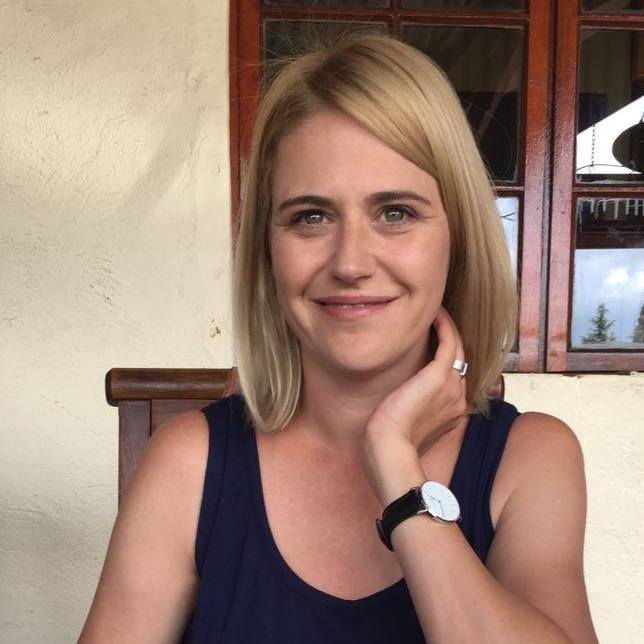 South African Radio Astronomy Observatory (SARAO)
South African Radio Astronomy Observatory (SARAO)
Aletha de Witt is the Operations Astronomer at the HartRAO site of the South
African Radio Astronomy Observatory (SARAO) in South Africa. She completed
her Ph.D. in Radio Astronomy with a focus on celestial reference frames and
calibrator sources for VLBI. Her research is focused on fundamental
astronomy, in particular celestial reference frames. Alet is the principal
investigator for some of the IVS Southern Hemisphere astrometric and
geodetic VLBI sessions. Alet has been part of the ICRF-3 IAU working group.
The ICRF-3 was adopted at the XXXth GA of the IAU in August 2018. One of the
goals of the ICRF-3 was the extension of the ICRF to higher radio
frequencies, such as K-band (22 GHz). Alet is the principal investigator of
the K-band celestial reference frame project. To date, this project received
more than 1300 hours of observing time on the VLBA and equal amounts of time
on Southern VLBI instruments. In 2019, Alet was elected as secretary of the
IAU astrometry commission A1. She is also the chair of the newly established
IVS CRF Committee.
Susana Garcia Espada
 Norwegian Mapping Authority (NMA)
Norwegian Mapping Authority (NMA)
Susana Garcia-Espada is VLBI Operations Engineer working for Karverket (Norwegian
Mapping Authority) at Ny-Alesund Observatory since May 2020. Her main task is to start
the VLBI operations of the VGOS twin telescopes at the new observatory together
with the operation and maintenance of the VLBI 20-m radio telescope, GNSS, gravimeters,
seismographs and all auxiliary systems. She has worked in Ny-Alesund from 2013-2014.
Susana has worked before for the RAEGE (Atlantic Network of Geodynamic and Space
Stations) project as VLBI Engineer at Santa Maria station, Azores, Portugal. Her
main task was to start Santa Maria station operations. She has been involved in
VLBI operations since 2007 when she had a scholarship supervised by Paco Colomer
in the Spanish IGN (National Geographic Institute) working at Yebes Observatory.
She got a permanent position at Yebes Observatory in 2009. Her role was the
management and participation of geodetic and astronomical VLBI and e-VLBI sessions
with the 40-m radio telescope. She was student research visitor at Chalmers
University of Technology (Göteborg, Sweden) and Onsala Space Observatory (OSO),
supervised by Rüdiger Haas. She worked with VLBI data analysis and her main
interest was modeling the troposphere. She is the secretary of the European VLBI
Group for Geodesy and Astrometry (EVGA) since 2013.
Anastasiia Girdiuk
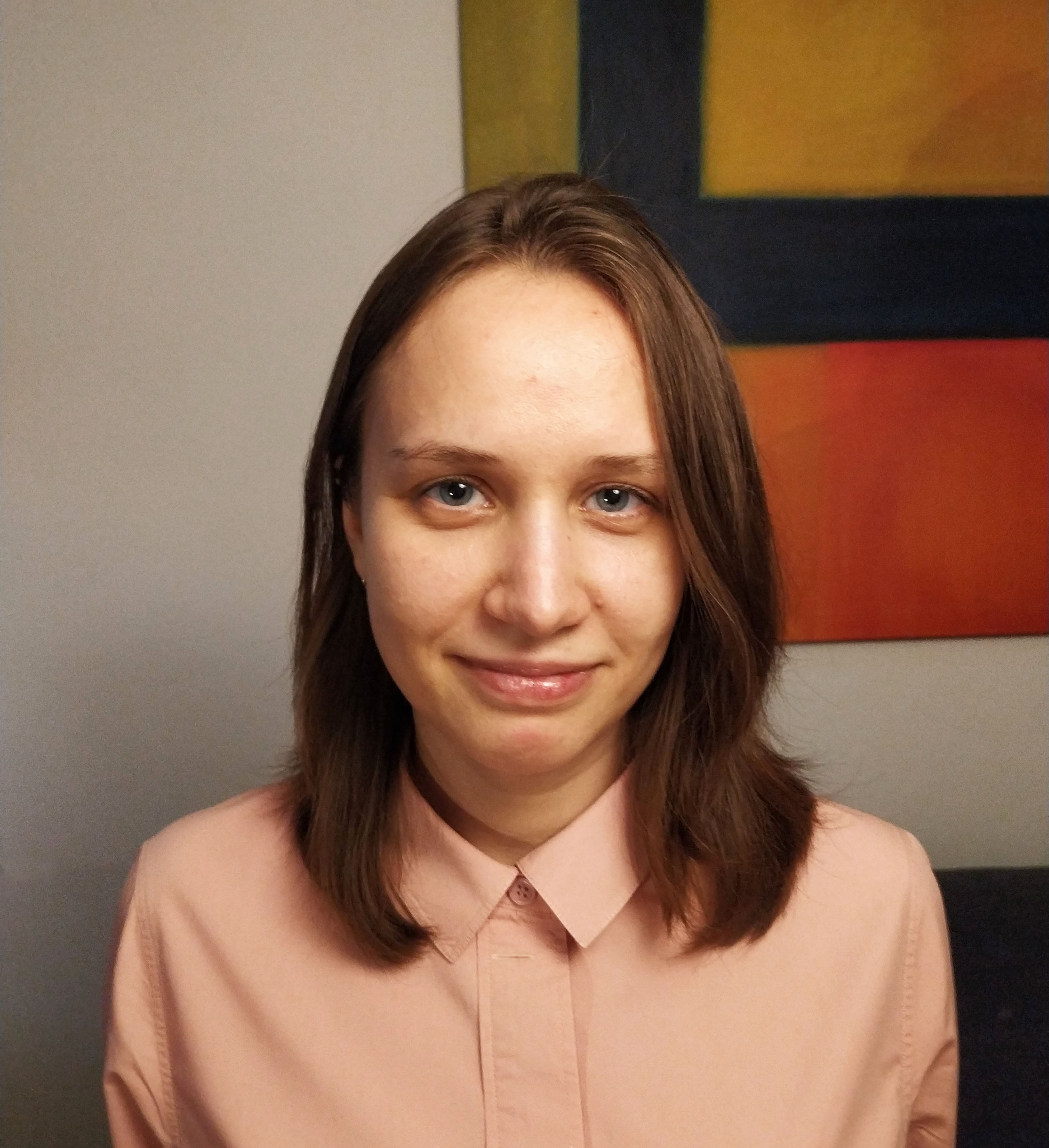 Bundesamt für Kartographie und Geodäsie (BKG)
Bundesamt für Kartographie und Geodäsie (BKG)
Anastasiia Girdiuk has dealt with the VLBI technique since her studies at Saint Petersburg
State University (SPBU). She received her specialization in astronomy from SPBU in 2013 and
her PhD in geodesy in 2017 from Vienna University of Technology (TU Wien). Both works were
dealing with different aspects of the VLBI technique. While the first study works with
scheduling of the VLBI observations, the PhD thesis represents thoughtful reprocessing of
the VLBI data set to evaluate the high-frequency ERP variations. In 2018, Anastasiia
has joined the IVS Analysis Center at BKG. She participates actively in routine analysis
and in ongoing ITRF2020 activities. Besides routine session analysis and product delivery
to the IVS community, her work is also focused on establishing internal routine data
processing for operational BKG activities to support vgosdb structure. In addition to
the VLBI Analysis Center activities, Anastasiia is taking part in BKG's IVS Data Center
operations as well, initially with the focus on all aspects related to optimal handling
of vgosdb. A few months ago, Anastasiia became the head of the IVS Data Center at BKG
and is working in close cooperation with other IVS Data Center representatives in order
to re-establish the full mirroring process including the sessions in vgosdb. Anastasiia
has gained a comprehensive experience in the complexity of Analysis and Data Center tasks.
At work, her agenda along with the BKG concept is to make geodetic data and products, in
particular VLBI-based data and products, well-described, efficiently provided and broadly
represented among interested communities. BKG-internally, Anastasiia is also linked with
the colleagues working on the establishment of an inter-technique combination, where she
is focused on providing an optimal input based on VLBI data.
Phillip Haftings
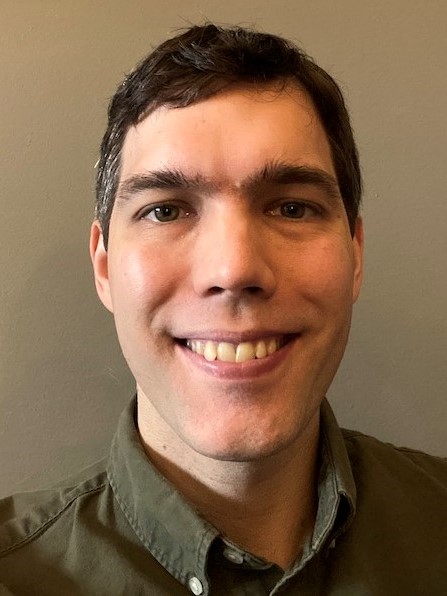 United States Naval Observatory (USNO)
United States Naval Observatory (USNO)
Phillip Haftings is an astronomer at USNO in the Earth Orientation department's
VLBI division. He has worked at the USNO Washington Correlator since 2016. Phillip
has attended and given talks at the IVS TOW and DiFX developers meetings. He has
performed correlation/fringing on IVS S/X Intensives, R4, CRF, and VGOS Intensive
sessions, as well as some VLBA sessions. He has been instrumental in the development
of back-end code and automation for the Washington Correlator. Phillip is currently
working on VGOS preparation and researching methods to accelerate traditional DiFX
software correlation.
Karine Le Bail
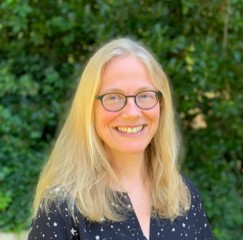 Chalmers University of Technology
Chalmers University of Technology
Karine Le Bail graduated in "Fundamental Astronomy, Celestial Mechanics and Geodesy" at
the Paris Observatory in 2000 where she worked on the ICRF and source stability as a
thesis project. She then got her PhD in Space Geodesy / DORIS at the LAREG/IGN - Paris
Observatory. Her follow-up post-doc was funded by the CNES to assist the IDS Analysis
coordinator which took her to the NASA Goddard Space Flight Center. After ten years
in the DORIS community and the submission of a GSFC DORIS contribution to the ITRF2008,
she worked for NVI, Inc. at NASA GSFC for eleven years in VLBI. She has been involved
in various activities in the IVS community, as technique development, scheduling and
ICRF work. Karine recently integrated into the Space Geodesy and Geodynamics group at
Chalmers University of Technology as a Senior Researcher and is active for the IVS
network station and the IVS analysis center at the Onsala Space Observatory.
Jinling Li
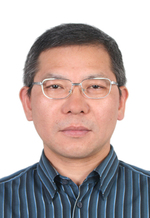 Shanghai Astronomical Observatory (SHAO)
Shanghai Astronomical Observatory (SHAO)
Jinling Li has a PhD from the Chinese Academy of Sciences. He currently works as a
research professor at the Shanghai Astronomical Observatory. Jinling's expertise is
in radio astrometry and space geodesy with emphasis in data analysis and technology
development. Jingling has been involved in the technology development of VLBI
observation system for astrometry and geodesy as well as the further development
of the VLBI network in Shanghai.
Lucia McCallum
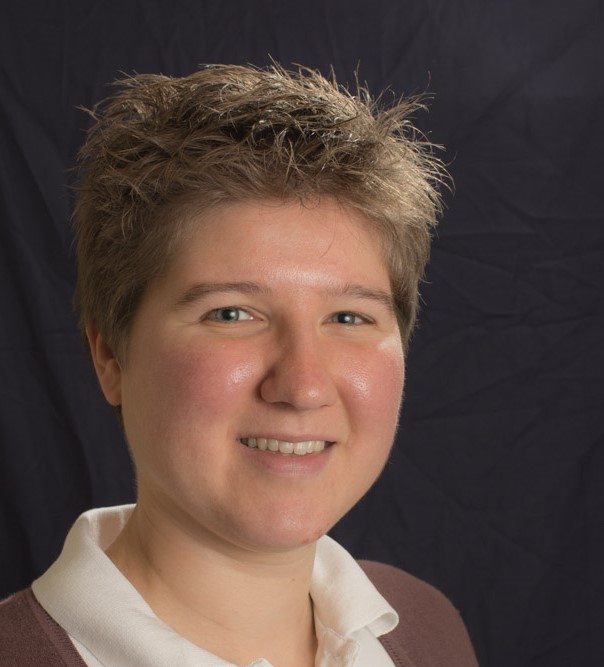 University of Tasmania (UTAS)
University of Tasmania (UTAS)
Lucia McCallum has been active in the IVS since 2008. After finishing her PhD on
VLBI space ties at the Technical University of Vienna (Austria) she moved to
Australia (University of Tasmania) in 2014 where she has now acquired a long-term
position and is building up a research group for geodetic VLBI. While active with
the AuScope VLBI array (planning and scheduling sessions) she has held two research
fellowships from the Austrian and Australian governments. She was also appointed
the secretary of the Asia-Oceania VLBI group (AOV) between 2017-2020. Lucia has
a variety of publications with topics covering VLBI satellite tracking, space ties,
session analysis, scheduling and dedicated observing programs. After two quiet years
with parental leave, Lucia is returning to work and keen to support the IVS as a
global endeavour.
Matthias Schartner
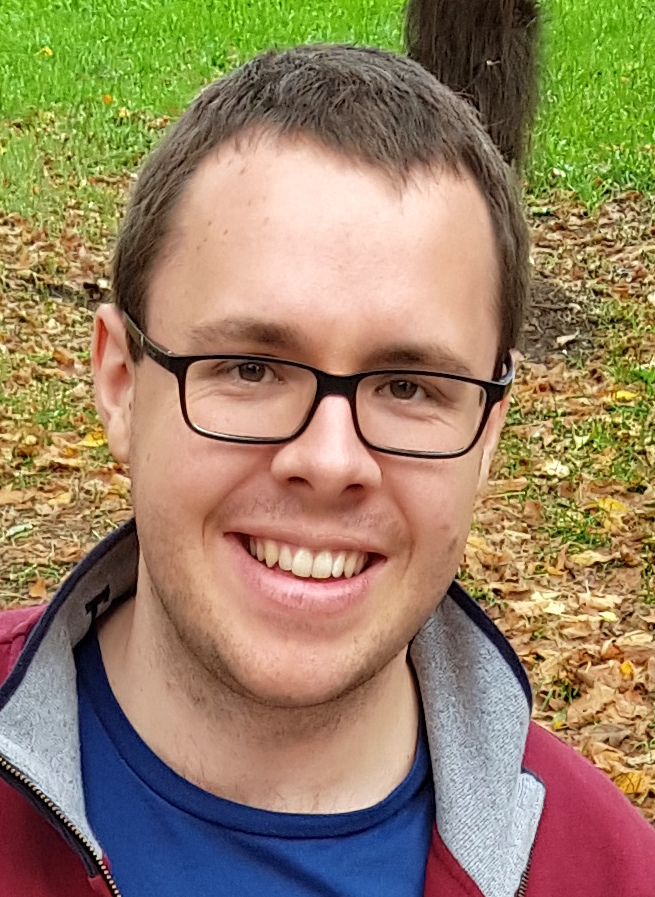 Eidgenössische Technische Hochschule Zürich (ETH Zurich)
Eidgenössische Technische Hochschule Zürich (ETH Zurich)
Matthias Schartner started to work with VLBI during his master studies at Technical
University of Vienna. There, he was mainly working on the VLBI analysis software
VieVS as well as on its scheduling and simulation capabilities. For his Ph.D., he
developed a new VLBI scheduling and simulation software, called VieSched++, that is
now used to schedule various IVS observing series. Together with BKG, he further
established a fully automated IVS operations center that is now responsible for
scheduling the INT2, INT3, INT9, AUA, T2, OHG and VGOS-B sessions, as well as
providing schedules for the CRDS and CRF programs. His task within this operations
center is to oversee the scheduling as well as to perform quality control. After
his Ph.D., he got employment at ETH Zurich at a newly founded Space Geodesy group.
There, he continues to work on VLBI scheduling and simulations with a strong emphasis
on providing further automation as well as on applying artificial intelligence and
machine learning algorithms to VLBI data.
Nadia Shuygina
 Institute of Applied Astronomy (IAA) RAS
Institute of Applied Astronomy (IAA) RAS
Nadia Shuygina graduated from the Leningrad (St. Petersburg) State University,
Faculty of Mathematics and Mechanics, Department of Astronomy as a specialist
in astronomy. Since 1988 she has been working at the Institute of Applied
Astronomy of the Russian Academy of Sciences. Her research interests are in the
field of celestial mechanics, astrometry and space geodesy. Her PhD thesis is
devoted with the determination of Earth orientation parameters based on a
combination of VLBI and SLR measurements at the observational level. She is also
interested in determining the mutual orientation of dynamical and quasar reference
frames from VLBI and radar observations of spacecraft. Nadia Shuygina is a member
of the IAU and an associated member of the ILRS.
Yu Takagi
 Geospatial Information Authority of Japan (GSI)
Geospatial Information Authority of Japan (GSI)
After obtaining his Ph.D. in Geophysics from the University of Tokyo, Yu Takagi has been
working for the Geospatial Information Authority of Japan (GSI). He has been involved in
the maintenance of the Japanese geodetic reference frame and, in 2020, became the chief
of operations of the Tsukuba Correlator and Analysis Center. In the GSI VLBI Group he is
responsible for management tasks such as funding, planning, and addressing any technical
problems. He is the de facto head of the VLBI Group. Besides VLBI observations, GSI has
historically contributed to the construction of the ITRF with local tie surveys, and Yu
is familiar with the sophisticated survey technique. With this background, he became the
representative of technology in VLBI in the Global Geodetic Observing System (GGOS) in
Japan and he is a member of the IVS Observing Program Committee. Yu is now one of the key
persons not only in the GSI VLBI group but also in the Japanese VLBI community.
|